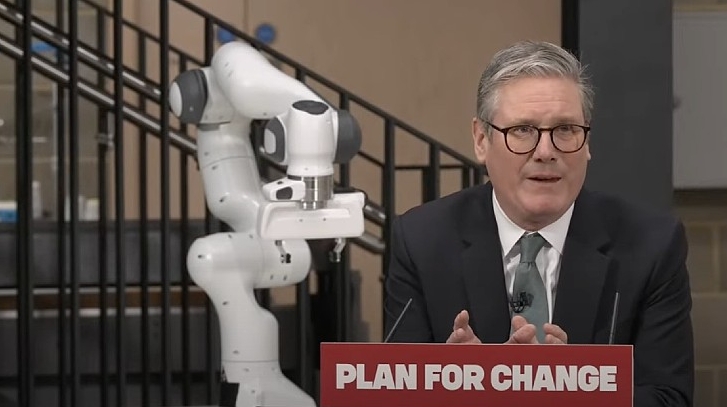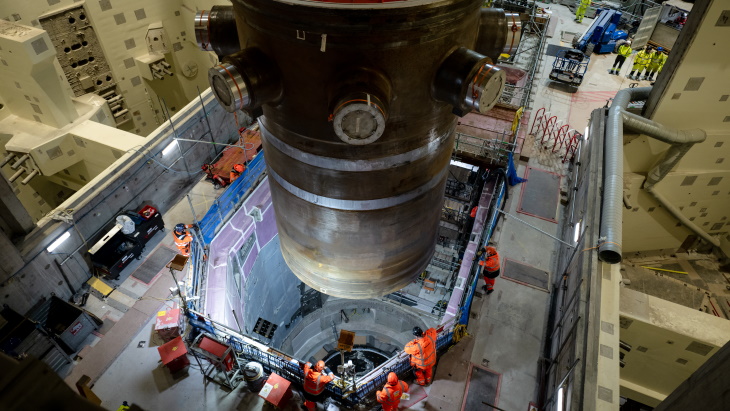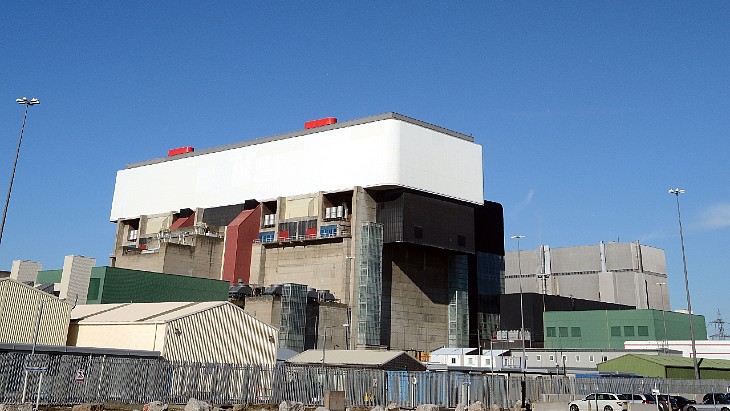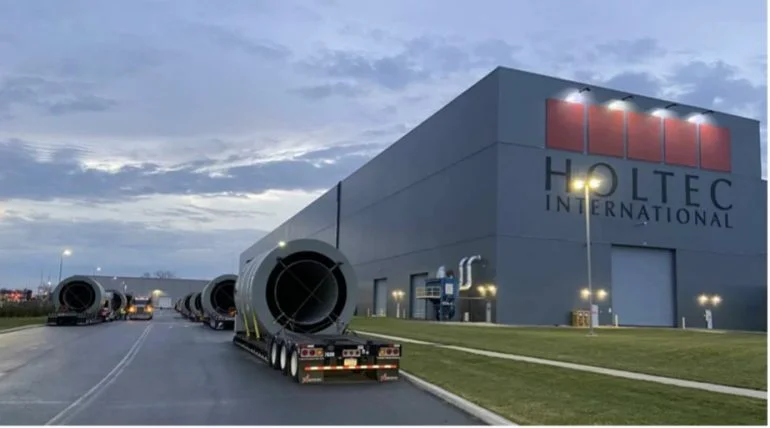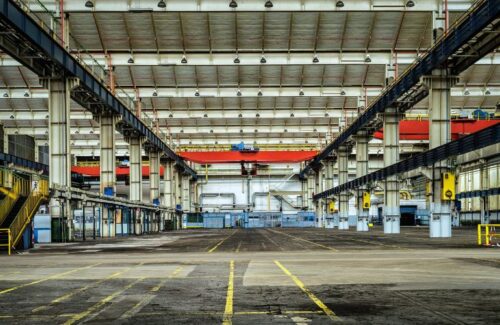
The technology currently supplies less than 0.1% of industrial electricity.
Mounted on the rooftops of industrial buildings, solar panels could meet the entire electricity demand of up to 35% of U.S. manufacturers. A new study, published in IOP Publishing’s journal Environmental Research: Sustainability and Infrastructure, investigates the feasibility of meeting these electricity demands through on-site solar panel installations for different regions and manufacturing sectors across the United States.
The study, led by researchers from Northeastern University, uses the U.S. Department of Energy Manufacturing Energy Consumption Survey to compare the potential electricity generation of rooftop solar arrays against the electricity demand per unit of floor space for the average manufacturing building. The results show that rooftop solar arrays could completely fulfill the electricity requirement of 5 to 35% of U.S. manufacturing sectors depending on the season, with companies producing furniture, textiles and apparels set to benefit most.
“Currently, less than 0.1% of the electricity required by the manufacturing sector in the U.S. is generated through renewable, on-site sources. This must change if we are going to meet decarbonization goals, and in many cases rooftop solar panels are now a feasible option for supplying low-carbon energy,” said Matthew Eckelman, Associate Professor of Civil and Environmental Engineering at Northeastern University.
Globally, the industrial sector represents a large contributor to energy usage, and associated greenhouse gas and carbon emissions. As such, manufacturing has become an important target for global decarbonization efforts, with many companies switching to lower-carbon energy sources. The new study shows that rooftop solar panels could now be a feasible option for many manufacturing units due to their large, flat rooftops alongside falling prices, improved efficiencies, and flexibility in installation. Seasonally, manufacturing companies across nearly 40% of U.S. locations could fulfil their electricity needs in the spring and summer time with rooftop solar arrays.
“Greater policy attention on the feasibility and potential benefits of rooftop solar panel arrays will help industries to achieve renewable energy and greenhouse gas emissions goals. Our research provides an indication of the locations and sectors for which rooftop solar arrays could significantly help manufacturing firms to reach these goals,” Eckelman said.
